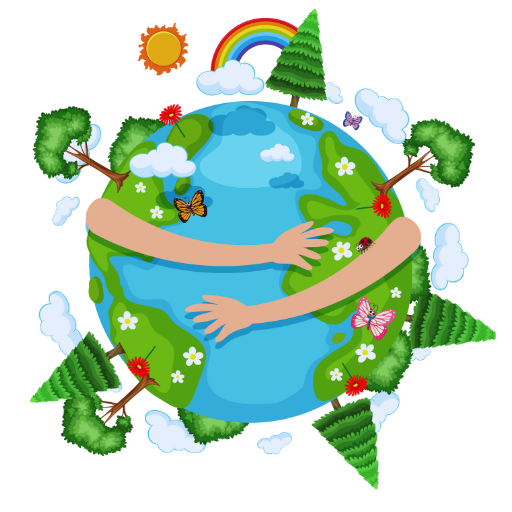Are Least Developed Countries Unsustainable?
When we hear “Least Developed Countries” (LDCs), we think of poverty, instability, and environmental damage. The United Nations uses this term for countries that have major struggles with economic and social development. But does being labeled as an LDC mean these countries are destined for unsustainability?
The answer is NO!
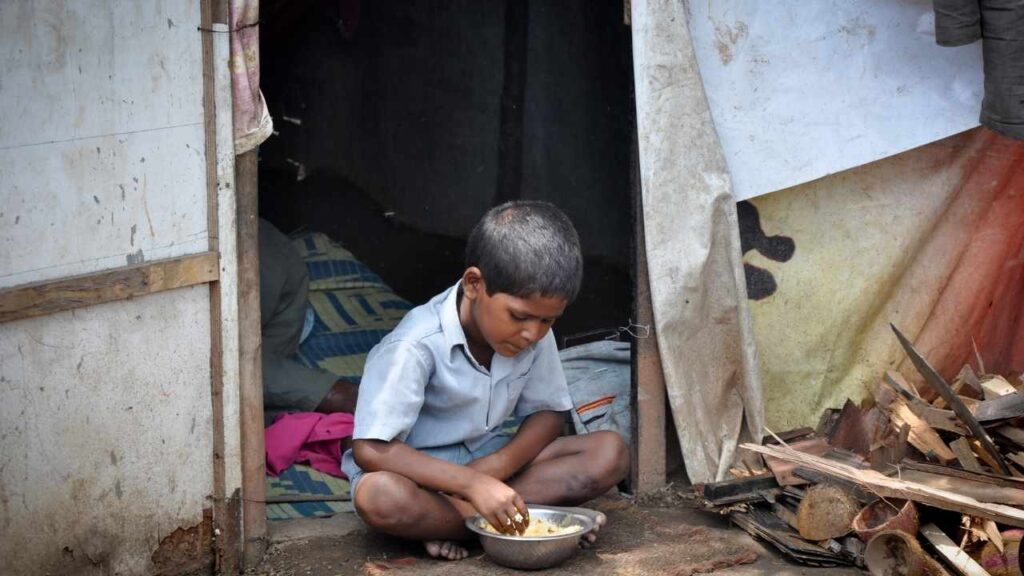
Table of Contents
Let’s look at least developed countries and their sustainable approach.
What exactly is sustainable development?

Sustainable development is development that meets the needs of the present without compromising the ability of future generations to meet their own needs. Let’s understand with an example, Imagine a three legged chair, One leg represents economic growth, another social progress (think education, healthcare), and the last leg represents environmental protection.
Therefore all 3 three legs need to be strong and balanced for true sustainability.
Don’t forget to check India’s Initiative on sustainability and climate change.
Rwanda
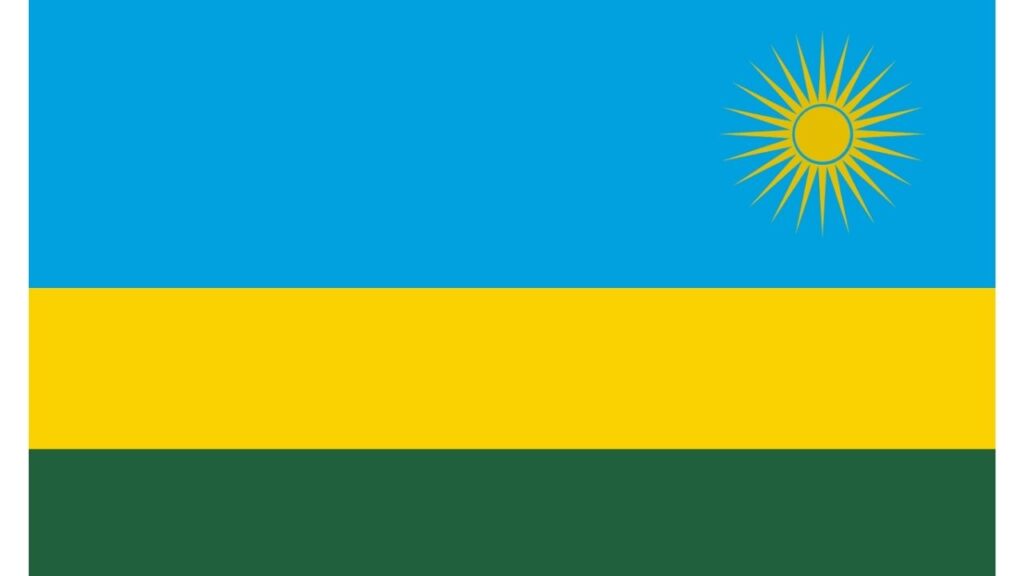
Rwanda, a landlocked nation in central Africa, is often referred to as “the land of a thousand hills” due to its stunning mountainous landscape. Rwanda despite being one of the least developed countries has emerged as a shining example of success in Africa. The country has made remarkable strides in various areas, and its economic growth is particularly noteworthy.
With a focus on innovation and technology, Rwanda has managed to establish a stable and rapidly expanding economy. This has not only improved the living standards of its citizens but has also attracted international attention and investment.
This is a review of a youtube video made by Drew Binsky :-
One notable initiative seen in the video is the ban on plastic bags in the market, with vendors opting for environmentally friendly paper bags instead. Additionally, the city is seen exceptionally clean, and the residents are actively encouraged to maintain its cleanliness. This is evident through the presence of numerous trash cans scattered throughout the city, promoting proper waste disposal.
You can learn more about Rwanda’s sustainability initiatives in their official government website :- https://rwanda.un.org/en/sdgs
Bangladesh
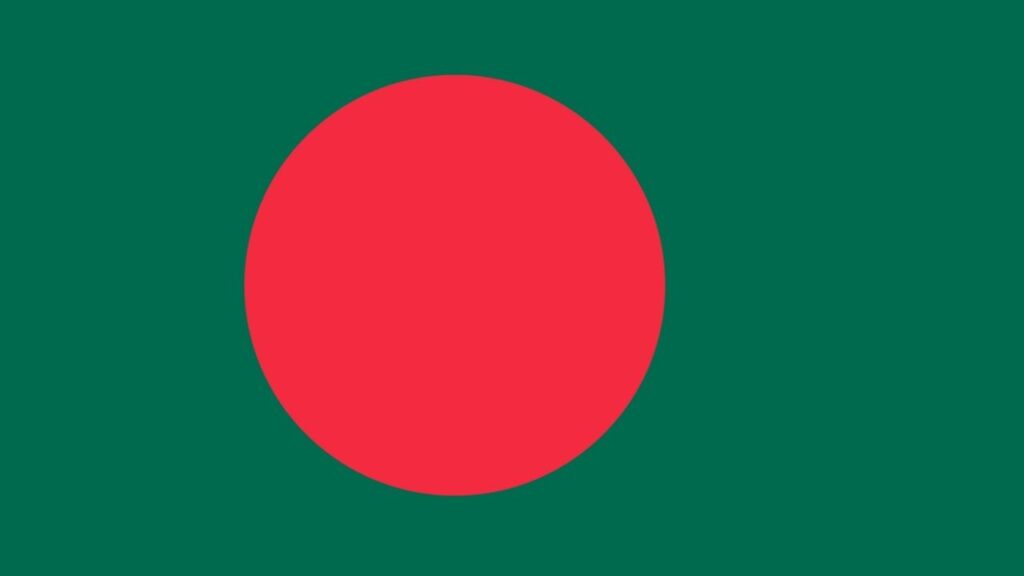
Did You Know? Bangladesh is called the “climate victim” because it creates a fraction of a percent of global carbon emissions and yet it suffers disproportionately from the effects.
As, Sustainability means meeting our own needs without compromising the ability of future generations to meet their own needs. Bangladesh is a country that is particularly vulnerable to climate change because it is a low-lying country and a river delta. The country experiences both dry and wet seasons, and the rivers flood during the wet season.
Bangladesh has developed a number of innovative solutions to adapt to climate change. These solutions include:
- Indigenous community solutions: People in Bangladesh have raised their gardens on platforms so that they can survive the floods.
- High-tech solutions: Bangladesh has one of the most advanced flood warning systems in the world. They use satellite technology to track cyclones and buoys to measure water levels.
- Social capital: Bangladesh has a strong network of communication that allows them to get flood warnings to even the most remote communities. This network includes a government flood forecasting and warning center, scientists, housewives who read river gauges, and villagers who pass on warnings by word of mouth.
You can learn more about Bangladesh sustainability initiatives & goals in this PDF :- https://sustainabledevelopment.un.org/content/documents/981bangladesh.pdf
Ethiopia
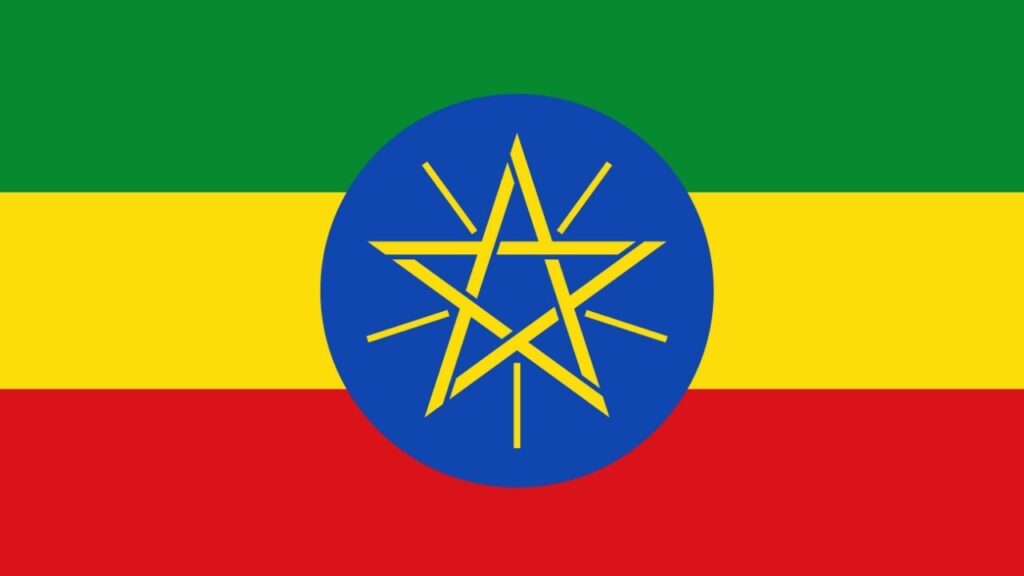
Did You Know? The Ethiopian government has initiated the massive reforestation campaign, aiming to restore up to 15 million hectares of degraded land. This not only combats climate change but also improves soil fertility and promotes biodiversity.
Ethiopia, the origin of coffee and home to breathtaking landscapes, is etching its name in sustainable development. This East African nation, grappling with the challenges of a Least Developed Country (LDC) label, is making significant strides towards a greener future.
Ethiopia has one of Africa’s largest wind farms, the Adama II Wind Farm. This, along with other renewable energy projects like geothermal plants, aims to reduce dependence on fossil fuels and enhance energy security.
Achievement: A UN-backed project is helping Ethiopia protect over 50,000 hectares of forest, showcasing successful collaboration for environmental goals [UN Environment Programme (UNEP)].
More Initiations –
- Sustainable Agriculture: Recognizing the importance of climate-smart agriculture, Ethiopia is promoting practices like water-saving irrigation techniques and drought-resistant crops. This ensures food security and reduces environmental impact.
- Community-driven Conservation: Ethiopia empowers local communities to manage natural resources. This fosters a sense of ownership and promotes sustainable land use practices.
You can learn more about Ethiopia’s sustainability initiatives in their official government website :- https://ethiopia.un.org/en/sdgs
Haiti
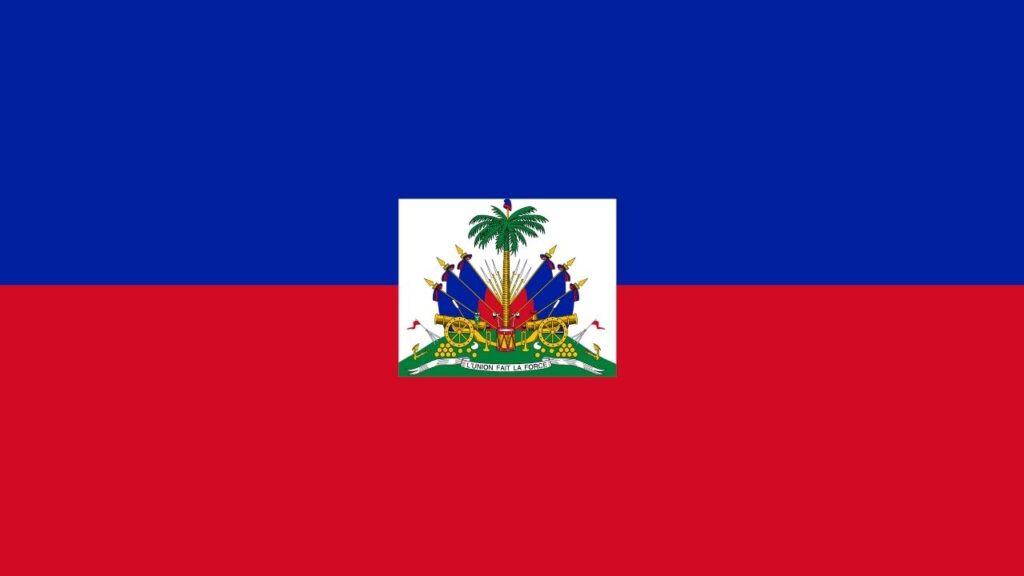
Did You Know :- According to the World Bank, by 2020, over 180,000 people gained access to electricity through mini-grid solar projects in Haiti. Haiti has abundant hydropower potential. Initiatives are underway to tap into this resource, aiming to reduce reliance on imported fossil fuels.
Haiti, a Caribbean nation known for its rich culture and resilience, faces significant challenges from natural disasters to continuous political instability still this country has managed to contribute towards sustainability.
Achievement :-
The Haitian Reforestation Coalition is a big project that has successfully planted more than 100 million trees throughout Haiti. This initiative has highlighted the power of community-driven efforts to protect and restore the environment (World Resources Institute).
- Climate-Smart Practices: Haitian farmers are adopting climate-smart agricultural practices. This includes techniques like water-saving irrigation, planting drought-resistant crops, and promoting agroforestry (combining trees and crops on the same land). These methods ensure better yields despite unpredictable weather patterns.
- Local Food Systems: Encouraging local food production and consumption reduces reliance on imported food and strengthens local economies. Farmers’ markets and community-supported agriculture (CSA) initiatives are gaining traction.
You can learn more about Haiti’s sustainability initiatives in their official government website :- https://haiti.un.org/en/sdgs
How UN classifies Least Developed Countries?
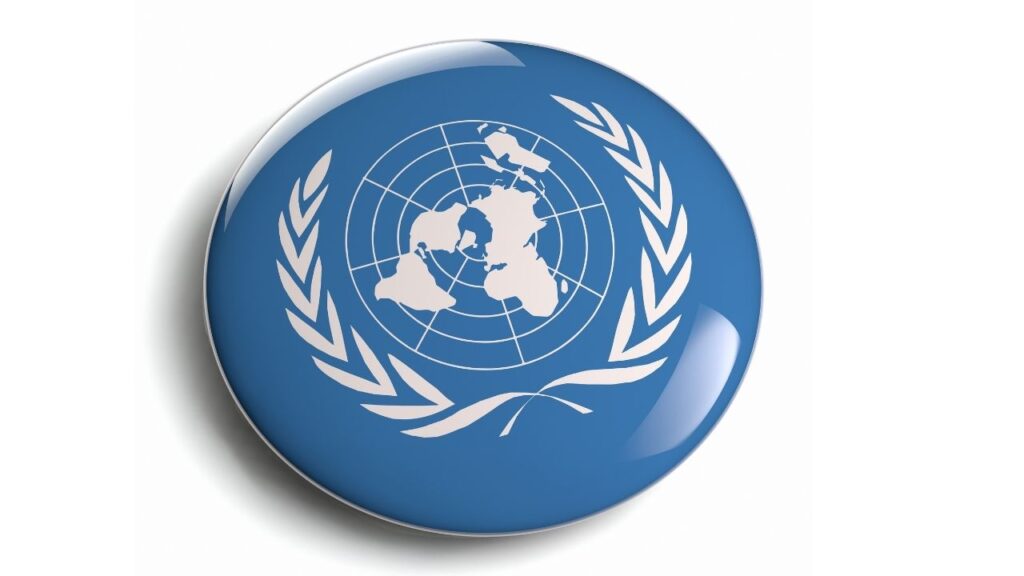
The UN uses three criteria to classify LDCs: low income, human assets (health, education), and economic vulnerability. While these paint a broad picture, they don’t capture the entire story. Many LDCs boast rich cultural heritage, resilient communities, and a deep connection to their environment.
Here’s a look at some contrasting statistics:
- 46 countries are currently classified as LDCs, representing 13% of the world’s population [UN].
- LDCs account for only 2% of global GDP [World Bank].
- Despite challenges, several LDCs have achieved impressive poverty reduction rates
Learn about Freiburg City :- One of the most sustainable city in the world.
CONCLUSION
The designation “Least Developed Country” (LDC) often paints a picture of nations destined for unsustainability. However, this label tells only part of the story. We’ve seen that LDCs like Rwanda, Bangladesh, Ethiopia, and Haiti are actively working towards a greener future.
These countries are implementing innovative solutions – from harnessing renewable energy to promoting sustainable agriculture – demonstrating a commitment to long-term environmental and economic well-being. While challenges remain, their efforts showcase the potential for LDCs to be active participants in building a sustainable world.
If you have any further queries, Please reach us at contact@wecareearth.com . We also value your suggestions and advice to make wecareearth.com better.
